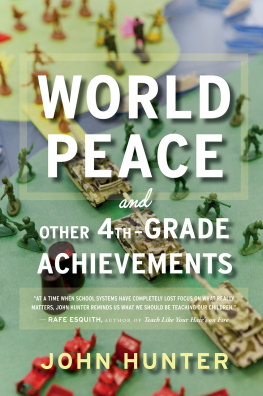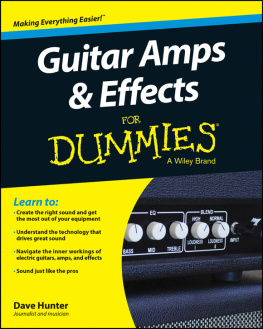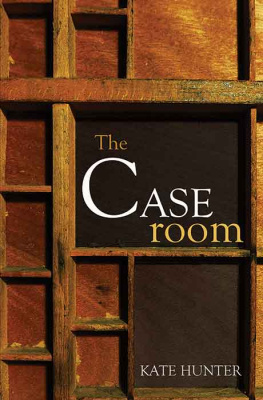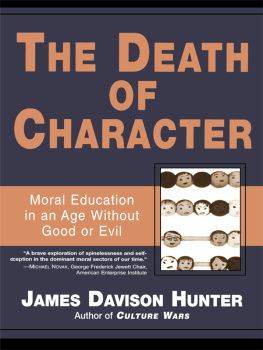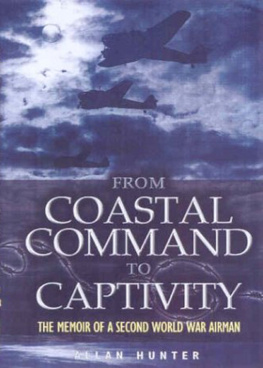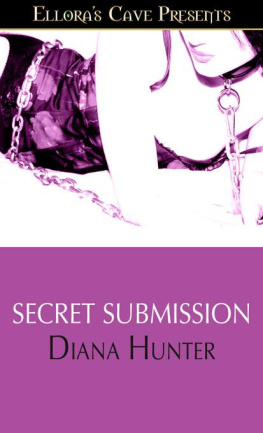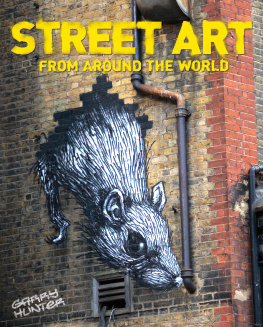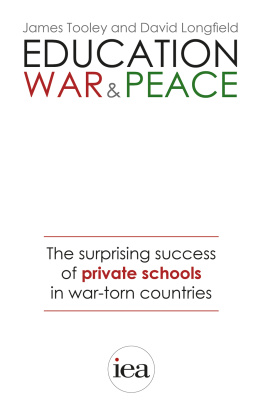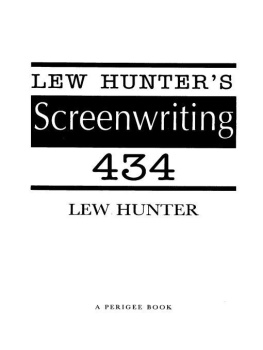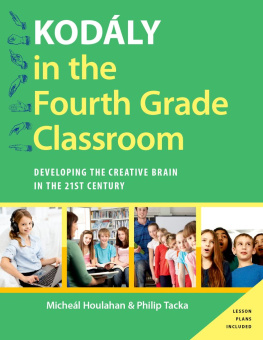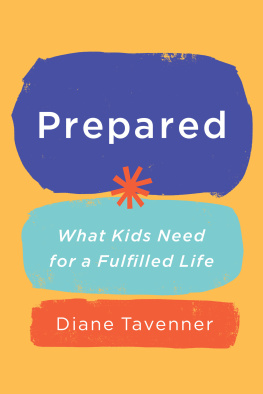First Mariner Books edition 2014
Copyright 2013 by John Hunter
All rights reserved
For information about permission to reproduce selections from this book, write to Permissions, Houghton Mifflin Harcourt Publishing Company, 215 Park Avenue South, New York, New York 10003.
www.hmhco.com
The Library of Congress has cataloged the print edition as follows:
Hunter, John, date.
World peace and other 4th-grade achievements / John Hunter.
pages cm
ISBN 978-0-547-90559-4 (hardback)
ISBN 978-0-544-29003-7 (pbk.)
1. PeaceStudy and teachingAnecdotes. I. Title.
JZ5534.H87 2013
303.6'9071dc23
2012039122
e ISBN 978-0-547-90562-4
v2.0814
Some quotations in this book first appeared in Chris Farinas extraordinary documentary World Peace and Other 4th-Grade Achievements. Quotations from Sun Tzus The Art of War, translation by Thomas Huynh, are used with the gracious permission of Thomas Huynh.
To my mom and dad, Alma and John Hunter Sr., for their unflagging support, generosity, vision, love, and care; my wise and insightful brother, Malcolm; my wife, Leslie, who is my ocean of calm; my daughter, Madeline, the delight of my heart; our cherished Grandma Catherine; my writing muse, Dorothy Rice; my dear friend through thick and thin, Risa Bernholz; Professors Nathan and Charlotte Scott; and Chris Farina, the visionary who started it all
Prologue: The Power of an Empty Space
To be certain of safety when defending, defend where the enemy cannot attack. Therefore, against those skilled in attack, the enemy does not know where to defend; against those skilled in defense, the enemy does not know where to attack. Subtle! Subtle! They become formless. Mysterious! Mysterious! They become soundless. Therefore, they are the masters of the enemys fate.
S UN T ZU , The Art of War
T HE CLASSROOM IS supposed to be empty. Ive been teaching elsewhere in the building, and Ive come back to prepare for my next session with my fourth-grade gifted class. The room is so quiet that at first I think it is empty.
But no. Three children have made their way into the room, gazing silently at the large Plexiglas structure that represents our planet. Its an imposing, four-level affairundersea, ground and sea, airspace, and outer spacecovered with submarines and ships, soldiers and cities, tanks and oil wells, spy planes and satellites. Every year, my fourth- and fifth-grade classes are divided into four imaginary nations, plus a religious island tribe and a nomadic desert clan. There is a United Nations, a World Bank, two or three arms dealers, and a weather god or goddess, who controls the vagaries of tsunamis and hurricanes, determines the fate of the stock market, and tosses coins to determine the outcomes of battles and coups dtat. The children are provided with national budgets, assets, stores of armaments, and portfolios outlining fifty global crises. Then they are given ten weeks to save the world.
I love every minute of the World Peace Game, even though some of it is harrowing and failure is as much a part of each semester as success. I love watching the endless negotiations, the hurried last-minute deals, the earnest nine- and ten-year-olds plotting their battles and drawing up their treaties. I love listening to my students discoveries about war and politics and peace. But my favorite moments, always, are the times I enter the room and find two or three children there, not talking or writing or calculating, but simply observing, allowing the silence to unfold. In the midst of this noisy, lively school, full of friends and lessons and activities, they are drawn to this quiet placethe empty space.
David has come back from lunch early, and hes standing on the far side of the room, staring intently at the bottom level of the structurethe transparent undersea layer, where submarines prowl and undersea miners troll for treasure. A small, serious boy with curly brown hair and an occasional crooked smile, David has been involved in several battles lately, and I know hes thinking about his latest victoryand his latest casualties.
The empty space gives David time to ponder, to agonize, to plot his next maneuver. Since no one in real life has yet invented a way to unite the planet in peace, my students have to invent their own unique strategies. There are plenty of rules in the World Peace Game, plenty of protocol and structure. But there is no predetermined solution; this the children must create themselves. And to do that, they need an empty spacethe pause in the conversation where they dont yet know what to say; the halt in their creative process where they dont yet know what to do.
I notice Bria, whos crouching on the floor, not far from David. Bria is one of the smartest, most confident kids Ive ever taught. I chose her to be prime minister of Linderland because letting her intelligence shine seems to come naturally to her, and I thought shed inspire some of the more timid girls. A big girl with mahogany skin and a quick laugh, Bria is usually a cheerful, energetic presence in my classroom. But at this moment, her concentration is so deep I dont think she even realizes shes not alone. Shes contemplating the ground and sea level of the Gamethe Plexiglas layer covered with red and white and yellow and green, one color for each of the Games four nations, with stretches of clear glass ocean connecting them all. Little plastic figures are carefully arranged across this level, an entire world evoked by toy soldiers and oil tankers and the occasional religious shrine. As one of the Games four prime ministers, Bria is among the few people allowed to move the soldiers and ships and planes, but she can do so only during the official declaration portion of the Game. One by one, the prime ministers announce their actions and move their game pieces, as do the chieftain of the Kajazian tribe and the leader of the tribal Nin. After each declaration, there is an interim period when seeming chaos breaks out and the children engage in intricate negotiations: arms deals, territorial agreements, economic aid packages. Its as close as I can come to re-creating real-life global politics at the fourth- and fifth-grade level.
The World Peace Game plunges my students into complexityand then gives them the chance to find their own way back to the surface. I support them, of course, with rules and structure and instruction. But Im also giving them the chance to master this alternate reality by exploring it on their own.
To truly succeed at the Game, my students must engage in all three components of education. First, there is knowledge, the realm of precise answers and correct solutions. How do you spell plethora? Whats eight times nine? These questions have only one right answer, as do more sophisticated questions: What is the United States position on Taiwan? What are the national incomes of Rwanda, Sweden, Yemen, the United States? These are the knowledge pieces my students need to grasp in order to make the world work properly for them. Although the World Peace Game is played with imaginary countries, navigating it requires a great deal of real-life knowledge: how to calculate a national budget, how to craft a treaty with no loopholes, how to grasp the science behind oil spills and climate change.
But we cant just teach our children what we already know; we must also train them how to discover what is not yet known. So educations second leg is creativity: the unexpected insights that come only as we try and fail and try again. These insights emerge from the empty space of possibility, out of which comes Archimedes Eureka! and James Watsons double helix, a sonnet or a sonata, Martin Luther King Jr.s dream of freedom and Nelson Mandelas vision of justice. The empty space is the birthplace of possibilities that dont yet existbut might.
Next page
